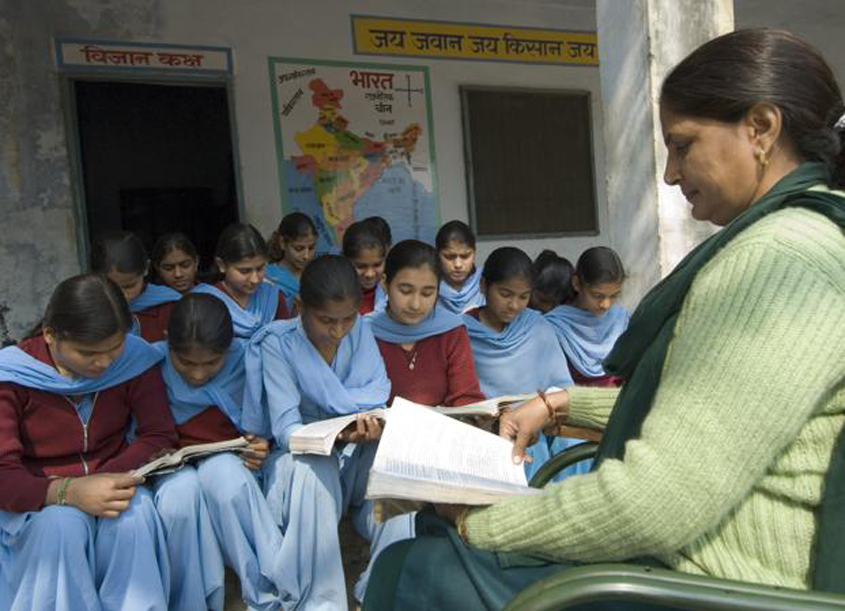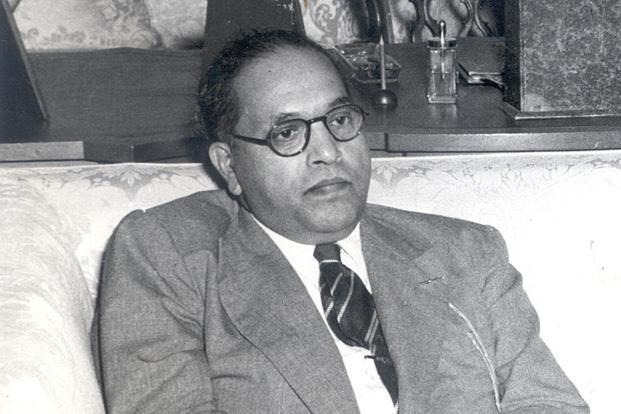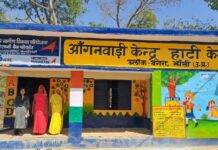In my early years, even before I could perceive that teaching is a profession, teaching was an integral part of my ‘play world’. I would often emulate my teachers in the nursery school while I played with my dolls. Teaching was so much a part of my leisure activities that my parents bought me blackboards, chalk and dusters as birthday gifts. This natural inclination for teaching became stronger and stronger as I grew up.
When I took up teaching as a profession in the real sense, I consciously conducted a personal inquiry to figure out the core elements ‘teaching as a vocation’ that keeps me motivated. I asked a few questions to myself – What is it that gives me inner satisfaction after having an interactive lesson with my students? What is it about teaching that I like? Is it my love for the subject that I teach – Chemistry? Is it the opportunity to have a young audience when I talk? Or is it something else – deeper and subtle? My quest is still on but the answers which I have got so far lead to an important conclusion – after every interaction with the young pupils, I come out as an evolved person. Every lesson brings to me not only some new ideas, fresh thoughts, new findings about how children learn and connect ideas, but also new discoveries about my own shortcomings and ignorance. I figured that I love learning the most, not just from the books or adult authority but from the children – young, yet unschooled minds.
I learn immensely from the questions that my students ask – why this way? Why not that way? And I am amazed that they are logically right, I had never thought that way, I had never questioned the authority as a student, but to engage in such discussion and co-explore the answers to such insightful questions along with my students has been rewarding. Probing them with questions and encouraging them to ask questions is what I love the most in the space and time with my students. The other day, I posed this question to my seventh graders, ‘All kinds of matter are made up of tiny particles. How many of you believe in this statement?’ We had a class polling of believers and non-believers of the statement, followed by a discussion when students of both the camps justified their views with examples. The ideas that emerged from the students during the interaction, opened the windows into these young minds and I could peek into their prior perception of the material nature around us. These experiences with children spark my intellectual curiosity, shape my planning of the lesson, aimed at gradually bridging the gap between their intuitive thinking and the ideas held by the scientific community.
Secondly, we often consider recalling information, understanding and application as the lower order thinking abilities. From my experience as a teacher and learner, I have realized that understanding is a much deeper phenomenon and could be considered as one of the highest faculties of mind. Every learner understands the conceptions at a different pace and in a different mode. Understanding is a slow and contemplative process, which may happen in some days or months or years of experiencing various situations, drawing in from various avenues, making connections, putting the pieces together to see more and more of the whole. Moreover, absolute understanding may not even come to us, as more we understand of a concept or phenomenon,, more is there to be understood. Understanding the whole and not just the parts in isolation is the real understanding. Reflecting on this aspect, I refrain myself from expecting a complete understanding to happen within a short span of time in my students, with a strong belief that it will happen in its own course. I would guide and shed some light on the way but may not be able to make it happen instantly.From my own journey as a teacher, I have learnt two key aspects about teaching-learning which are worth sharing. Firstly, teaching is not equivalent to ‘telling’. We may ‘tell’ our students all that is to know about the atoms and molecules that constitute matter, then go ahead and ‘tell’ them more about the internal structure of these atoms, and yet go further and ‘tell’ them that all the things that we perceive around us, the changes that happen and the phenomena that we observe are simply due to the rearrangement of these atoms and molecules, but our ‘telling’ will not be interpreted in the same way as we would like. The information about these unobservable entities, are brought to us in the form of scientific knowledge, through years of perseverance, giant leaps of imagination and incredible insight by the eminent scholars and philosophers. Simply because we find these statements printed in our textbooks and examiners judge our students’ knowledge of these statements, it is not justifiable to ‘tell’ these conclusions without making our students experience at least some wonder, some puzzlement, some confusion and some thinking opportunities. Since this realization I make a conscious effort to take my students through some wonderment and befuddlement before we settle down to believe in the explanations of nature.
Do I enjoy teaching in all its forms? Not really! Bound by a rigid curriculum in which facts have to be delivered to the students within time constraints is stressful. With reluctance, when I am compelled to explain what is prescribed in the syllabus, being aware that understanding of my students is just sufficient enough for writing a correct answer in the examinations, I feel frustrated – this is not true teaching. When my students are scared of making mistakes, and only care for the marks they get in the examinations, I am forced to simply coach them to make minimal errors, then I feel anxious – this is not true learning.
A delightful vocation as teaching will find its true essence if at all stages of life, it would be a joyous human-human interaction leading to deeper learning for all the stakeholders, in a fearless and conducive atmosphere.
Dr. Sriparna Chakrabarti is an Educationist – based in New Delhi.













